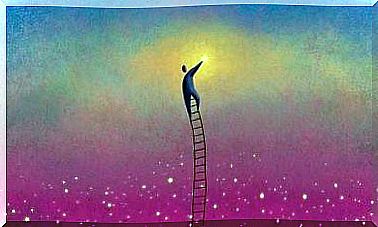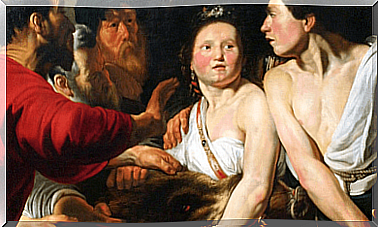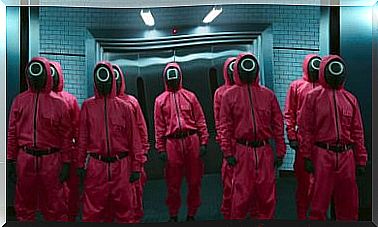If You Are A Creative Person, Congratulations: Your Brain Works Differently
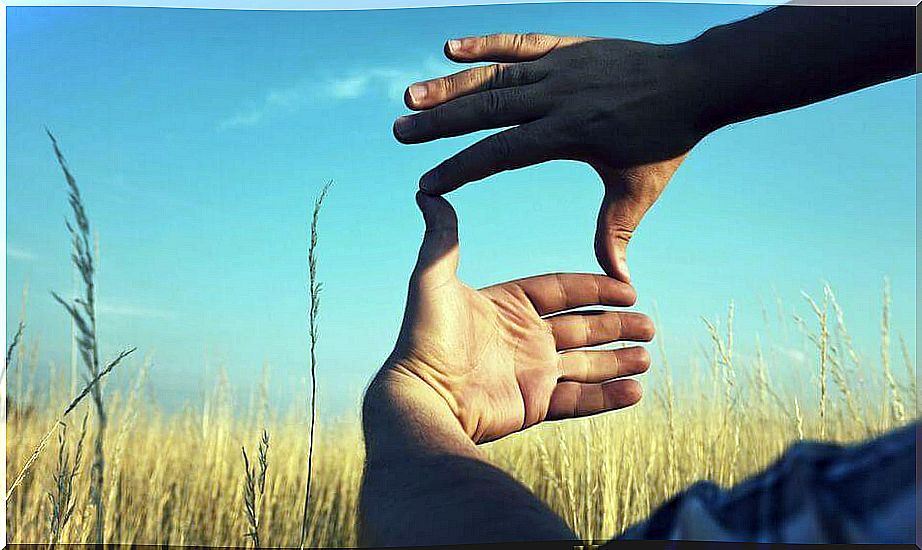
The brain of the creative person is like a living room with large windows. In that infinite space intelligence amuses itself and intuition delights, the impossible becomes possible and the ordinary becomes poetry. Nothing is absurd for that mind that knows very well that behind the common, there is the extraordinary.
To this day, there are still those who think that there is no room for imagination in science. Everyone who thinks this way probably hasn’t read a single one of Sherlock Holmes’s adventures.
We are rarely taught so clearly and entertainingly that between observation and deduction there is a fascinating process called creativity. It is the most festive, riskiest and vital part of all our mental processes.
Singular personalities
What does the brain of the creative person have that others do not? If we think of the character of Sherlock Holmes himself or if we visualize Salvador Dalí, Nikola Tesla, Van Gogh, Mozart or Leonardo da Vinci, we already intuit certain traits where brilliance is sometimes intermingled with somewhat complex personal dimensions.
So much so, that Mihaly Csikszentmihalyi himself, after more than 30 years of research on this issue, had it clear. The creative person is not a single individual, there are many “selves” in the same space. It is a complex, dynamic entity, at times dark, but always vibrant and receptive to its environment.
However, there is one aspect that we must also make clear: creativity is trained. Although it may seem like a gift to many of us, this ability is like a powerful muscle that we can exercise every day.
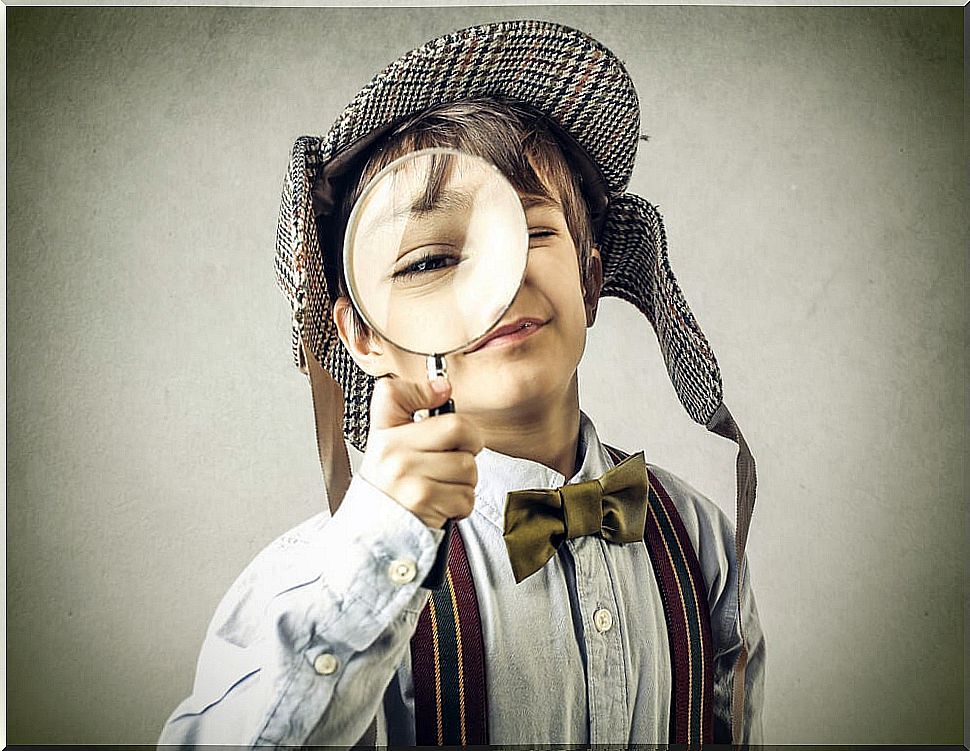
What hides the brain of the creative person
In 1960 one of the most fascinating investigations in history was carried out. Frank X. Barron, a pioneer in the study of the psychology of creativity, invited a number of personalities of his time to spend a few days in a student residence at the University of California, Berkeley.
Among that group of guests were writers such as Truman Capote or Frank O’Connor, as well as well-known architects, scientists, mathematicians. The purpose was simple as well as exciting: to find out what made them different from the rest and how the machinery of their brains worked.
The conclusions reached are not too different from those that we continue to maintain today. Those conclusions are as follows:
Intelligence and creativity are not related
Far from what many may think , IQ is not related to high creativity. What’s more, today there is no test to identify the creative person. We are facing such a vast, unlimited and multidimensional dimension that it is impossible to collect it in the classic standardized tests.
The dark side of the creative genius
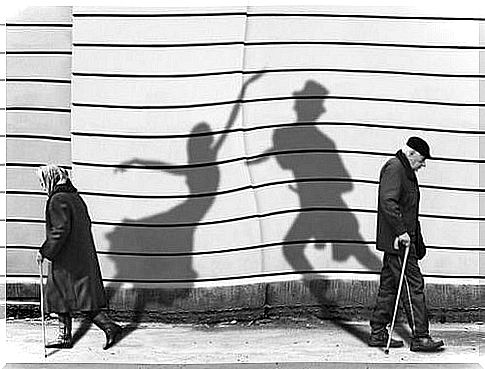
A curious thing that Dr. Barron and his colleague Donald MacKinnon observed is that creativity often scored slightly higher on the psychopathology index. Up to 15% above the average. This supposed “dark side” had a very interesting explanation.
- The creative person has small traits that fit into that personality. These people are introspective, sometimes challenging, they go beyond the norm and, in turn, take risks.
- However, his mental health was above average. Introspection is not pathological, on the contrary, it is a tremendously effective tool to gain a better self-awareness.
The creative person is connected to their inner world and, in turn, is tremendously receptive to what surrounds them. The magic is in this perfect harmony: in knowing its darkness but always feeding on the surrounding light.
The art of disorder and the magic of complexity
The creative person juggles his mind. In chaos they find balance, disorder is a challenge, and complexity in their minds becomes simple.
Commanders live in their minds who chart new directions based on previous experiences. They do simulations like the best of architects. They reflect like authentic yogis to distance themselves from the ordinary and thus achieve the extraordinary.
Likewise, and seeing all the refined processes that their brains carry out, we can deduce that they not only make use of the famous right hemisphere, where the intuitive, colors, shapes or imagination are contained.
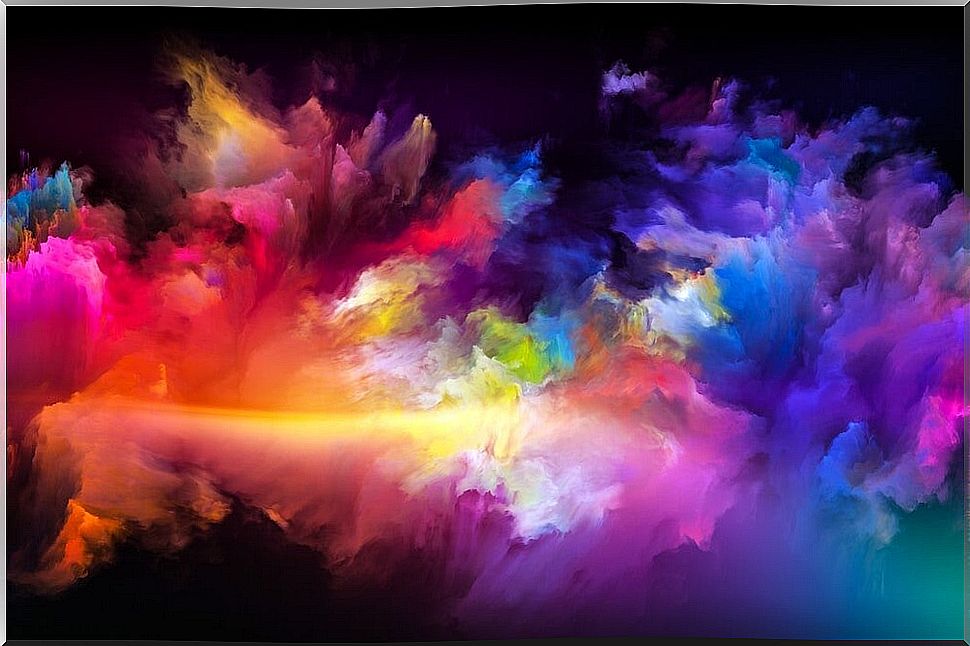
The creative person is an optimizer of brain potential. We were talking at the beginning of Sherlock Holmes. The famous character of Conan Doyle is the best example of how a creative person makes use of both hemispheres.
One begins by observing, making use of logic, linear information, sequences, analysis, and language. Later, from the left hemisphere we move to the right to “fill in” the data and the gaps that we lack, to expand perspectives through imagination.
This is how we create, this is how we deduce and transform our world to make better, more skilled, more creative decisions. It is something wonderful and full of possibilities that is worth fostering every day. Dare to think differently.


